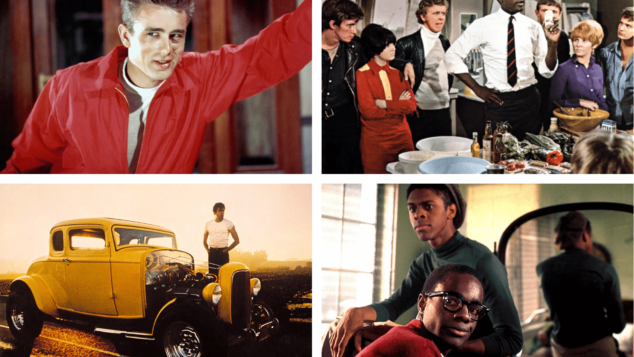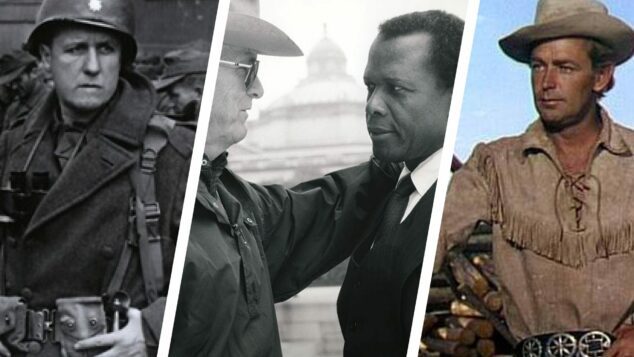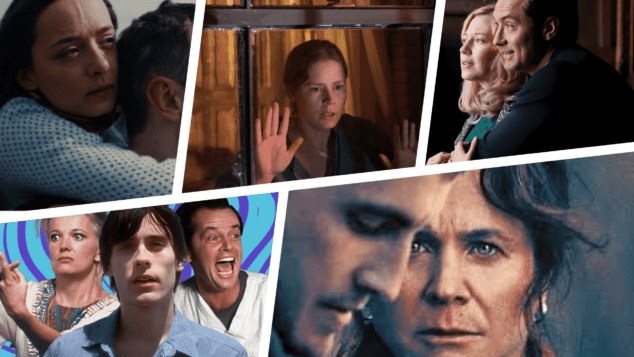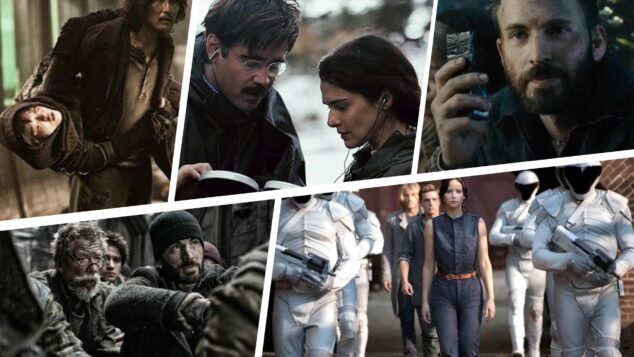Dr Jekyll and Mr Hyde, the well-known American horror film which was released in 1931 is widely perceived as the best film adaptation of the classic work ‘Strange Case of Dr Jekyll and Mr Hyde’ by Robert Louis Stevenson.
It’s a story that has been told time and time again on film, sometimes as straight adaptations, sometimes as twists on the old classic. It’s a story that just about anyone with even the vaguest familiarity with Western culture knows.
Perhaps not every detail but certainly the basic story of a timid scientist unleashing his animalistic side by drinking a weird concoction of his own invention.
Dr Jekyll and Mr Hyde – Background
It’s classic stuff that’s all about the duality of man. According to Freud, it’s the battle between the id and the superego. Religious thinkers would view it as a parable about the battle between the soul and the body.
It’s civilized man vs beast. Ferocious base desires verses refined morality. The original story was written in the 19th century but it is an archetype that has existed long before that.
And it’s not just film, either. Both the novel as well as the film have inspired over the years a whole lot of creative works in different industries. You might find it in some very, surprising places.
Psychology in Dr Jekyll and Mr Hyde
Psychologists use it as an illustration for the clients about their own inner struggles, which is a fairly obvious usage for it but how about adaptations of the story aimed at children or even toys and merchandising that capitalize on a story that is extremely adult in its original form. Hell, it’s even made its way to online gaming, including the widely popular Dr Jekyll & Mr Hyde online slot game from Microgaming.
In terms of adaptations, it’s also the case that the story has been transmogrifide time and time again into different genres and characters that at first glance seem to have nothing to do with the story.
Take the Incredible Hulk, for example. This classic creation by Stan Lee and Jack Kirby was basically just Dr Jekyll and Mr Hyde reimagined as a sometime superhero, sometime rampaging monster.
Interestingly, the best Hulk stories tend to play up the Jekyll and Hyde of it all with meek and mild Bruce Banner and the Hulk being at loggerheads, each wanting control but both always a slave to the other.
And then there are the countless examples of the character showing up as a part of larger properties.
Dr Jekyll and Mr Hyde History
There was a terrible example of Dr Jekyll and Mr Hyde being part of the aborted “Dark Universe” of films started by the only clunker to come from Tom Cruise in years: The Mummy.
More successfully, he appeared as a major character in Alan Moore’s post-modern superhero book that teamed various literary characters rather than super-powered people in tights, the League of Extraordinary Gentlemen.
No, not the ghastly film, but the original comic book series where Hyde was presented in one of his vicious, most horrific incarnations ever.
And yet, even more than the original literary work, it can all be traced back to this early “talkies” classic that really solidified the good doctor and his evil counterpart to the public consciousness.
It’s always a great time to revisit so seminal a classic so, in this short article, we will acquaint you with 7 interesting facts related to this film that even hardcore fans might not be aware of.
Transformation scenes
The amazing transition scenes involving transformation of Jekyll to Hyde were accomplished with the help of multiple different coloured filters placed in front of the camera’s lens. The make-up of Hyde (Fredric March) was in many colours and the manner in which his appearance came across on the screen depended upon the exact colour filter that the scene had been shot through. It was only during the late 60s that Mamoulian revealed this secret behind the transition.
Academy Award
Dr Jekyll and Mr Hyde (1931) was in fact the first time that a horror film had won an Academy Award. It is not a trick that has been replicated over time as horror is still one of cinema’s least respected genres. At least, it is by those who don’t know any better.
Rights
When MGM decided that it will go ahead with its own production of ‘Dr Jeckyll and Mr Hyde’ in the year 1941 with Spencer Tracy, it went ahead and bought the rights to the original 1931 film.
Furthermore, in order to do away with the chances of any unfavourable comparison or competition with the earlier film, MGM even suppressed the 1931 film, making it unavailable for public viewing for several years.
Make-up
The heavy make-up worn by Fredric March to play the role of Mr Hyde almost damaged his face.
Casting
During discussions around the casting of Dr Jekyll and Mr Hyde, Adolph Zukor, the studio head had suggested the name of Irving Pichel for that part.
However, it was Rouben Mamoulian, the director of the film who turned down that suggestion as he was keen on an actor who could effectively play both the parts in a convincing manner. In his opinion, Pichel was only good enough to play Hyde.
They rejected Phillips Holmes as he was good enough for the opposite reason, that is, perfect for Jekyll but not so perfect for Hyde.
It was then that Mamoulian suggested the name of Fredric March, but Zukor didn’t agree with him completely as March had only featured in lightweight roles till then.
March was eventually brought on board and went on to win his first 2 Oscars. It was his role in this movie that made Hollywood take him more seriously and give him demanding roles.
Leading role
John Barrymore had been offered the leading role in Dr Jekyll and Mr Hyde too, after his huge comeback in the year 1920, however, he turned down the offer.
Pounding heart sound
The pounding heart sound in the transition scene was actually Rouben Maoulian’s own. It was recorded after the director had ran up and down the stairs for couple of minutes! It’s that kind of dedication that the greatest sound mixing and special affects can never quite beat.
Dr Jekyll and Mr Hyde – In Conclusion
It is, in short, a film with a fascinating backstory that almost deserves its own film. But then, that’s so true of so many classic films from Hollywood’s troubled golden age.
Even the greatest behind the scenes stories, though, have absolutely nothing on the classic itself.
Standing tall against Christopher Lee and Bella Legosi’s portrayals of Dracula and Peter Boyle’s unlikely definitive take of Frankenstein’s Monster in Mel Brooks’ loving spoof of classic monster movies, Young Frankenstein, 1931’s Dr Jekyll and Hyde remains an extraordinary creation that, despite the limited technology of nearly a century ago, brought Stevenson’s creation to vivid life in a way that is all but entirely unmatched to this very day.
But then, every serious film nerd knows this. The behind the scenes stories certainly add some colour to the film but this black and white mega classic never really needed any in the first place.
Ready to learn about more Film History & Film Movements?
-
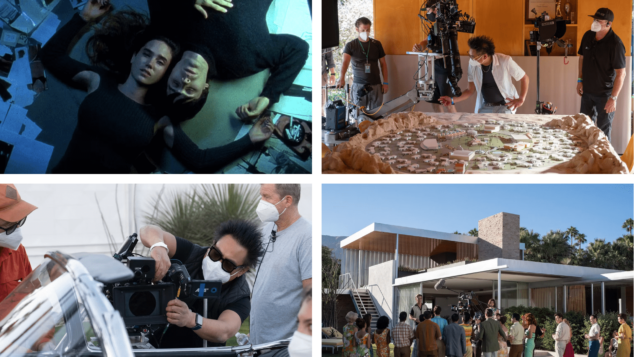 anemptytextlline
anemptytextlline -
 anemptytextlline
anemptytextlline -
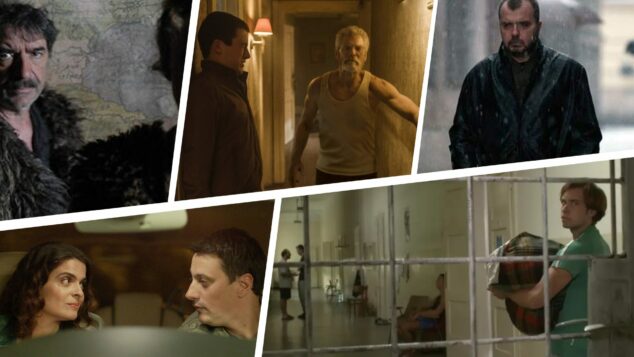 anemptytextlline
anemptytextlline -
 anemptytextlline
anemptytextlline -
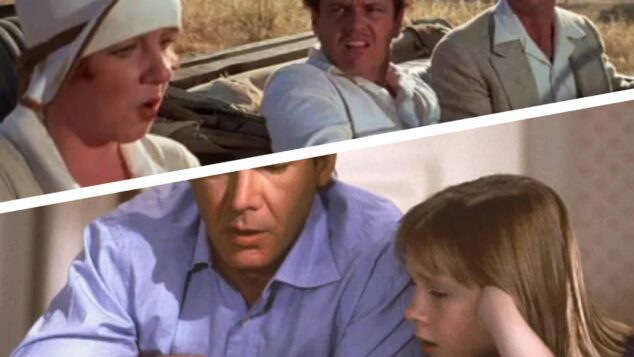 anemptytextlline
anemptytextlline -
 anemptytextlline
anemptytextlline -
 anemptytextlline
anemptytextlline -
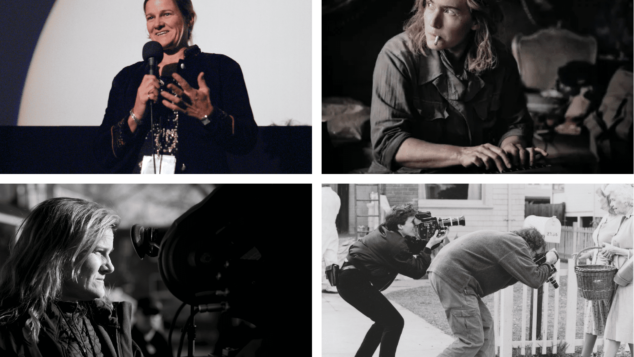 anemptytextlline
anemptytextlline -
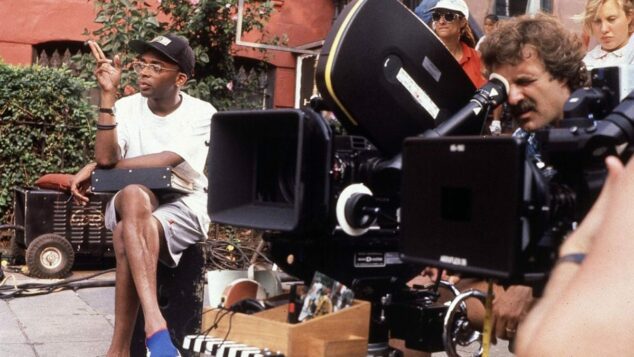 anemptytextlline
anemptytextlline





